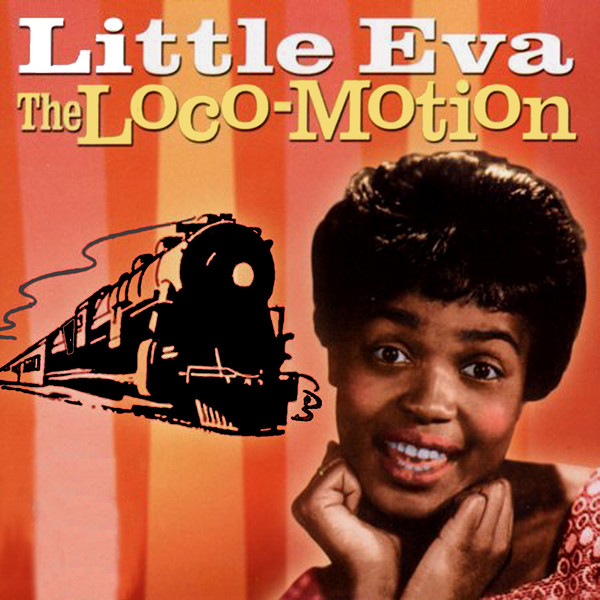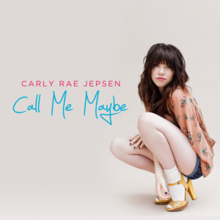Originally published in my "
Aural Fixation" column on PopMatters.com on August 29, 2012.
See original post here.

image from imageshack.us
Gen X’ers may still want their MTV, but the version they loved is as distant a memory as Valley Girl speak, parachute pants, and leg warmers. Wake up and smell the VEVO.
In the summer of 1981, I was psyching myself up for the treacherous journey known as high school. With my geek identity already firmly in place, my adolescence would not be marked by dances, football games, and parties. No, I was destined to wile away my teen years in my parents’ basement consumed by television, music, and crushes on unattainable celebrities.
Luckily, a source for satisfying all three of those needs entered the world that same summer. MTV, born on the 1st of August in 1981, soundtracked not just my youth, but an entire generation. Kids finally saw what some of their favorite artists looked like and were exposed to new music absent from radio playlists. The channel’s programming was dominated by three-to-four minute music promos designed to steer kids directly to the latest mall to unload their allowances at Musicland, Sam Goody, and Camelot.
Martha Quinn, Mark Goodman, Nina Blackwood, J.J. Jackson, and Alan Hunter served as navigators and heartthrobs, ushering in a new era where the jockeys who plugged the hits didn’t just have to sound good, but look good. They became stars as big as the musicians they touted.
Fast forward 30 years and the music video’s homeland has shifted from television to the Internet. The territory once staked by MTV has been snatched up by YouTube – with a huge caveat. Much to the dismay of record companies, the Web belongs to everyone. The dawn of the digital age put illegal downloads in the hard drives of anyone with a browser. YouTube allows any owner of a smart phone to post content which may or may not be copyrighted.
Along came VEVO to serve as the delivery system for “official” videos. To pat themselves on the back, they introduced certified awards this past summer. The awards, modeled after gold and platinum records for albums and singles, recognizes VEVO videos seen by more than 100 million pairs of eyeballs.
Being a list addict, I lapped it up. However, the average Gen X’er might be more inclined to throw up. This isn’t a list populated by early classics like Duran Duran’s “Hungry Like the Wolf” or Def Leppard’s “Photograph”. In today’s YouTube world, Justin Bieber’s “Baby” and Lady Gaga’s “Bad Romance” rule the roost.
Justin Bieber's "Baby", #1 on the VEVO list
In fact, as of mid-August, 79 of the 100 videos on the VEVO list are from 2009 on. Only two videos date back to the 20th century: Michael Jackson’s “Thriller” (1983) and Guns N’ Roses’ “November Rain” (1992).
Those two videos could bookend what Craig Marks and Rob Tannenbaum call the “Golden Age” of MTV (1981-1992) in their book, I Want My MTV: The Uncensored Story of the Music Video Revolution (Dutton, 2011). On my Dave’s Music Database blog, I aggregated more than 50 sources into a post on the Top 100 Videos of All Time. It serves as a vivid walk down memory lane for anyone who spent the Golden Age plopped in front of the tube. More than half the videos stem from that era and a mere 13 hail from the 21st century. The newest song on the list, Beyonce’s “Single Ladies (Put a Ring on It)” from 2008, is ancient by VEVO standards.
Why such a drastic change? Among Marks and Tannenbaum’s rationale for capping the Golden Age at 1992 was the birth of reality programming. That year’s show The Real World signified a move away from music videos which, in the minds of Gen X’ers, destroyed MTV.
Check out the comments section on YouTube videos for MTV ads and promos of yesteryear. The scathing attacks start with the observation that the “M” used to stand for music. A mix of resentment and reminiscing follows – it reads like someone recalling good times with an ex before things went sour. A colorful array of profanities generally spices up the bitter diatribes.
It may seem unfathomable that the station once renowned for cutting edge videos like Peter Gabriel’s “Sledgehammer” and Aha’s “Take on Me” now champions reality-TV stars like Snooki and The Situation. However, here’s something my fellow 40-somethings forget: you aren’t 14, anymore.
It’s okay to fondly remember vegging out to music videos for hours at a time or hanging out at the mall and buying the latest cassettes by Journey and Styx. However, even if MTV, malls, and cassettes were still pillars of modern society, they wouldn’t be central to your life anymore. As soon as marriage, mortgages, and mini-versions of yourself (aka children) entered the picture, MTV was jettisoned. It’s hard to make a priority of seeing a Madonna world premiere video when Junior is screeching at the top of his lungs for his bottle.
You outgrew MTV’s demographic 15-20 years ago. Whereas they haven’t aged in that they maintain an ever-vigilant pursuit of the youth market. Ehow.com says today’s MTV is targeted toward ages 12 to 25 (“What Are the Demographics of MTV Viewers?”, 17 May 2009). When the kids started turning to other sources for music, MTV had to overhaul its programming to stay relevant and profitable. Duran Duran’s Nick Rhodes is quoted in I Want My MTV as saying “at some point the ‘M’ in MTV changed from ‘Music’ to ‘Money.’” Network executives aren’t going to alienate their teen and twentysomething base just because Generation X feels nostalgic.
Once upon a time you may have huddled around the lockers in high school halls to profess Tawny Kitaen’s hotness in Whitesnake’s “Here I Go Again”. Today’s adolescent whips out a smart phone to show off her homemade video of her singing Miley Cyrus’ “Party in the U.S.A.” with her BFF. Meanwhile ,you now gather around the water cooler with co-workers to spout lines like, “Here we go again” when someone asks which political party you’re backing in the USA’s Presidential election.
Even if MTV had never strayed from music, Katy Perry’s “Firework” and LMFAO’s “Party Rock Anthem” would rule the roost these days, not Dire Straits’ “Money for Nothing” and Nirvana’s “Smells Like Teen Spirit”. As proclaimed in the Buggles’ “Video Killed the Radio Star”, the first video to air on MTV, “We can’t rewind, we’ve gone too far / Pictures came and broke your heart.”
It’s time to let go, Generation X – and get your VEVO on.













